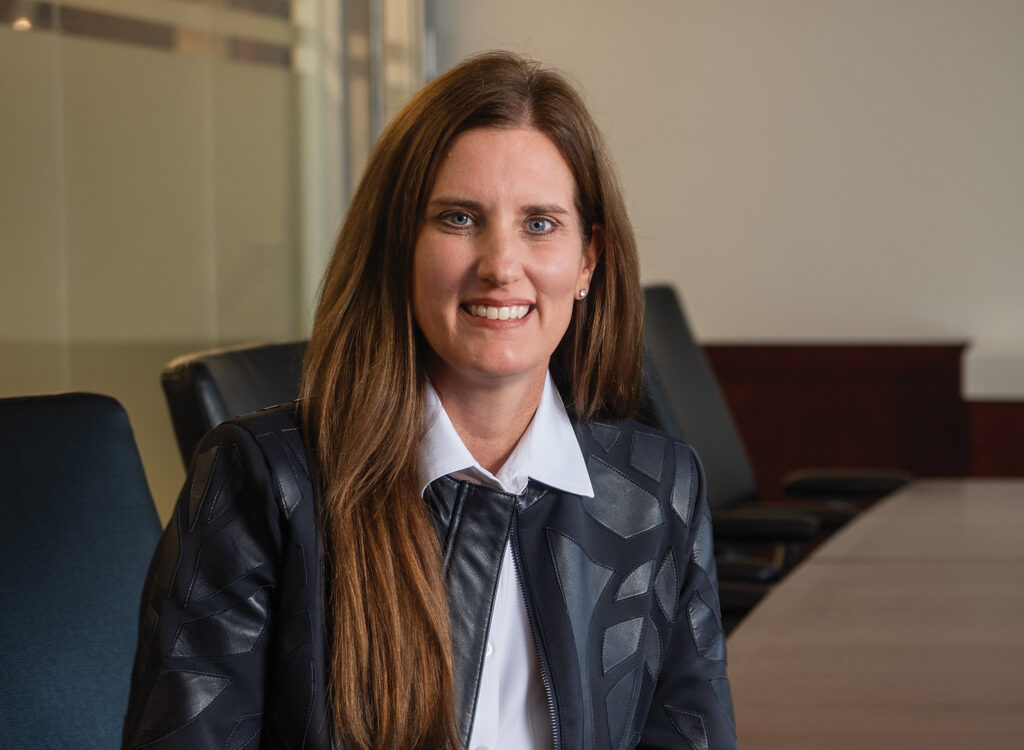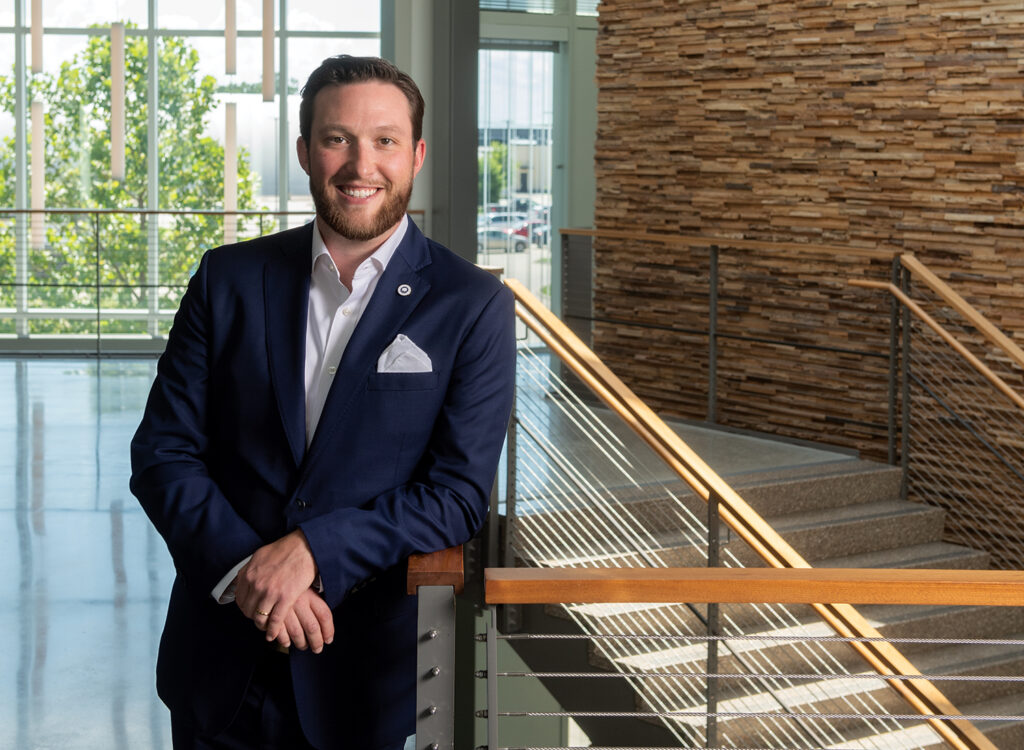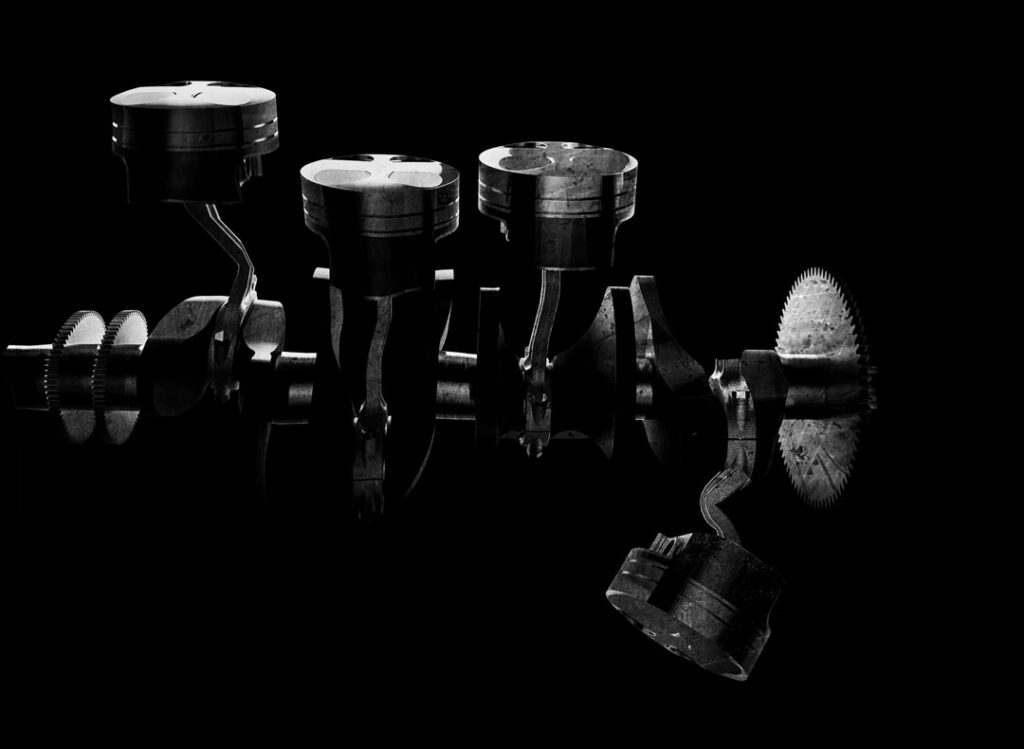DART 2035: Transportation choices

PERRY BEEMAN Oct 5, 2016 | 10:30 pm
5 min read time
1,095 wordsBusiness Record Insider, Transportation
The local transit agency — which thinks now more in terms of providing mobility, in all its forms — has a vision for Greater Des Moines 2035. Not surprisingly, that vision would be expensive, and would take years to put in place.
But it’s intriguing.
We could be riding rapid transit — kind of like train service on tires — from Jordan Creek Town Center in West Des Moines to Hubbell Avenue on the east side of Des Moines, via large expanses of University Avenue.
We could see a hub much like the Des Moines Area Regional Transit Authority’s Central Station, minus the executive offices, in West Des Moines, Clive and/or Waukee. That would be a part of a system of hubs all around the area, if some of DART Forward 2035’s grandest plans are approved.
The day may come, even in the next 10 years, when buses use freeway shoulders to speed travel. Don’t laugh. It’s been done, as close as Minneapolis.Those Greater Des Moines freeway trips could end with a stop at a station of sorts in the median, where riders could use a ride-hailing service, walk, get on a bike, get a taxi or make other arrangements.
We could see dozens more shelters than we have now, more frequent service, special bus lanes to allow buses to go around traffic at intersections, devices to let buses extend some green traffic signals, longer hours of service, and company-sponsored capital improvements, DART’s draft plans indicate.
It’s all part of the update of DART Forward 2035, released today, which offers four versions of a future reality that range from a 2035 annual operating cost of $53.9 million for relatively modest improvements to an expanded regional network costing $99.3 million. That would mean a per capita cost, including capital improvements, ranging from $46.71 to $114.73.
And how would we pay for all that? Amanda Wanke, DART’s chief engagement and communications officer, said a series of public meetings and sessions with local government leaders will lead to staged plans for what to do next, and how to pay for the work.
But DART consultants’ polling results showed some challenges. While a strong majority of nonriders said DART deserves more support, specific questions about added funding brought only minority support in a mix of scientific and unscientific polls of riders and nonriders.
All categories of responses failed to muster majority support for paying an addition $40 or $80 per household to expand public transportation.
In the survey, DART asked about a half-cent increase in the sales tax in Dallas County, a $20 annual addition to car registration fees, and adding 85 cents per $1,000 valuation to property taxes for DART purposes. Each of those failed to gain majority approval except among current riders, and even they had only minority support of the property tax increase.
Some of the ideas for financing would need state lawmakers’ approval.
“How the funding goes forward is one of the unknowns because there are so many options,” Wanke said.
If DART tries to get by on its existing tax levy, with the existing system, expenses will outpace revenues consistently beginning about 2029, wrote the report’s authors from Transportation Management & Design Inc. Obviously, adding services would mean a bigger shortfall without added revenue.
Consultants apparently see a lot of growth potential for mass transit here. Even in the “moderate growth” plan expected to get the most chatter, ridership is expected to more than double by 2035, from 5 million this year to 11 million. The changes would mean 30 vehicles would need to be added to the fleet.
The bus rapid transit issue has been a big one. DART stepped back from an earlier plan to run the train-style bus service, which has the ability to extend green lights at intersections to speed trips, when board members and others raised questions about the cost of the service and the proposed route along University and Ingersoll avenues. Some suburban officials balked at paying for a new service that appeared to mostly benefit Des Moines. The latest plans tie Des Moines and the suburbs together along “enhanced corridors” with speedier service.
DART has had 50 meetings and collected survey responses from more than 5,000 people while compiling the latest long-range plans.
One goal was to do a scientific survey of people who aren’t riding the bus or using vanpools or catching shuttles.
“One thing we heard as we prepared for DART Forward is that of course users want our services and they want more of it. But we have a large base that pays for the services that doesn’t use them,” Wanke said.
When the agency representing local governments asked which option nonriders supported the most, 36 percent said improving public transit, 32 percent wanted to widen roads,12 percent supported new roads, 10 percent wanted better sidewalks, and 10 percent wanted a better bicycling network.
“The future of transportation isn’t just going to be buses on roads,” Wanke said.
Perhaps surprisingly, 84 percent of the nonriders agreed that “public transit is important to a thriving community.”
DART has drawn up plans for the “moderate growth plan” — which is likely to get the most discussion — and compared it with a more regional plan that include trips to Ames, for example, and more Uber-style service. The current system is explained in the report, too.
The moderate plan calls for:
— Five enhanced corridors with more frequent services, speedier trips and more choices.
— Nineteen “mobility hubs,” designed to make it easy to bike, walk and ride the bus for various trips. One large hub would likely be built in the western suburbs.
— A network of 277 shelters. There are 27 now.
— Buses would come around every 20 minutes for 82 percent of riders, up from 45 percent now.
— Some on-demand service.
— Nineteen hours a day of service during weekdays, up two hours a day.
The “minimal” plan would take away the enhanced corridors, would provide 77 percent of riders with 20-minute maximum waits for rides, and would provide 77 shelters and 19 hours a day for weekday service and minimal on-demand service.
A regional plan would consider trips to Ames, Indianola, Norwalk and Waukee and expanded on-demand service. It could also include a freeway version of the rapid transit service, perhaps running buses on a dedicated lane (or shoulder) or even into a special stop in the median, where riders could link with other services to complete their trip.
The plan is expected to be finalized and approved this winter.









